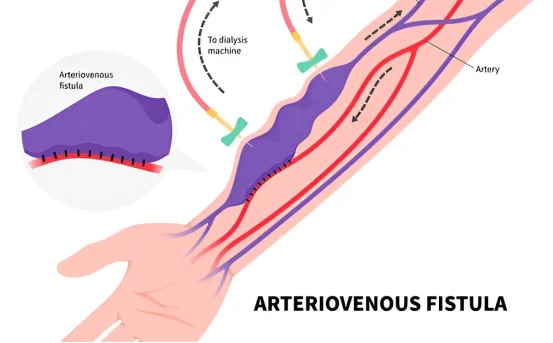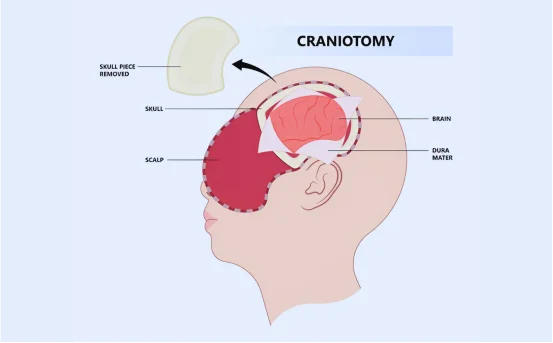Introduction
Maxillofacial surgery is a specialized medical procedure that focuses on the diagnosis and treatment of conditions affecting the face, jaw, mouth, and neck. It is commonly used to treat jaw misalignment, facial trauma, impacted teeth, tumors, and even sleep apnea. While the outcomes of maxillofacial surgery are often highly beneficial both functionally and aesthetically patients must also be prepared for certain symptoms that may arise after the procedure.
Recognizing the typical post-surgical symptoms helps patients differentiate between normal healing responses and signs of potential complications. These symptoms vary depending on the type and extent of the surgery performed, the patient’s health condition, and how well post-operative care instructions are followed. Most symptoms are temporary and subside within a few days or weeks, but some may require medical attention if they persist or worsen. Here are some of the common symptoms of maxillofacial surgery who is going under the maxillofacial surgery.
Symptoms of Maxillofacial Surgery
- Swelling in the Face and Jaw Region :- Swelling is one of the most common symptoms following maxillofacial surgery. It typically begins within a few hours after the procedure and may peak around the second or third day before gradually subsiding. This swelling occurs due to the body’s natural inflammatory response to tissue manipulation and healing. Depending on the location and extent of the surgery, swelling may appear on one or both sides of the face and may extend down to the neck or chest. Applying cold compresses and keeping the head elevated can help reduce swelling. In some cases, the swelling may take one to two weeks to completely resolve. While this is expected, prolonged or extreme swelling could indicate an infection or other complications.
- Bruising and Skin Discoloration :- Another common symptom is bruising, which often accompanies swelling. After surgery, blood from the operated tissues can seep into the surrounding skin, causing dark patches or purple discoloration, especially around the cheeks, jawline, and under the eyes. This bruising may initially look intense but typically fades into a yellowish color as it heals. Bruising usually subsides within 10 to 14 days and is considered a normal part of the recovery process. However, if the bruising spreads or becomes painful, it is essential to inform the healthcare provider to rule out any underlying complications such as hematoma formation or excessive bleeding.
- Pain and Discomfort :- Pain following maxillofacial surgery is a natural part of the healing process and varies depending on the complexity of the surgery. Most patients report moderate pain that can be managed with prescribed medications. The discomfort usually begins after the anesthesia wears off and may persist for several days, gradually reducing over time. The pain might be sharp, throbbing, or dull and may increase during movements like chewing, yawning, or talking. Following the post-operative instructions, such as taking painkillers on time, avoiding hard foods, and maintaining oral hygiene, can greatly help in managing the discomfort. If pain becomes severe or continues beyond the expected recovery window, it could suggest infection or nerve involvement that needs evaluation.
- Numbness or Tingling Sensation :- Many patients experience temporary numbness or tingling in the lips, chin, tongue, or cheeks after maxillofacial surgery. This is due to the close proximity of facial nerves to the surgical site, particularly the inferior alveolar nerve and mental nerve. The sensation may feel strange or bothersome but is usually temporary. Numbness typically improves over a few weeks to a few months as the nerves recover. In rare cases, especially with more invasive surgeries, nerve damage may result in prolonged or permanent numbness. It is important for patients to monitor these sensations and inform the surgeon if they worsen or fail to improve with time.
- Difficulty Opening the Mouth (Trismus) :- Trismus, or restricted mouth opening, is a symptom many patients face after maxillofacial surgery, especially when the procedure involves the jaw muscles or joints. This occurs due to inflammation, muscle stiffness, or joint trauma. Patients may find it difficult to eat, speak, or brush their teeth normally for a few days post-surgery. Jaw exercises and warm compresses are often recommended to restore normal mouth opening. In most cases, this symptom improves within one to two weeks. However, persistent trismus may need additional physical therapy or intervention depending on the underlying cause.
- Bleeding or Oozing from the Surgical Site :- Minor bleeding or oozing is expected during the first 24–48 hours after surgery. This may appear as light blood stains on the dressing or saliva. The body’s healing mechanism triggers clot formation to stop bleeding, and in most cases, this process is quick and effective. Patients are advised to avoid spitting, vigorous rinsing, or using straws, as these actions can dislodge the clot and cause renewed bleeding. If bleeding becomes heavy, does not stop, or starts several days after the procedure, it may indicate a disturbed clot or an infection that needs medical attention.
- Mild Fever or Fatigue :- A low-grade fever is sometimes reported in the first couple of days after maxillofacial surgery. It often results from the body’s immune response to surgery and tissue trauma. Similarly, fatigue is a common experience during recovery due to the body diverting energy towards healing. Both symptoms generally resolve on their own with rest, hydration, and proper nutrition. However, a high fever (above 101°F), chills, or worsening fatigue can indicate an infection or other complications. It’s important to notify the surgical team if these symptoms persist or intensify.
- Bad Breath or Unusual Taste :- Some patients may notice bad breath or a metallic taste in their mouth after surgery. This is usually caused by blood residue, reduced saliva production, or the body’s healing process. In cases where there are stitches, food particles and bacteria may accumulate around them, further contributing to this symptom. Good oral hygiene, gentle mouth rinses as advised by the surgeon, and staying hydrated can help minimize these symptoms. If bad breath becomes persistent or is accompanied by pus, pain, or swelling, it may be a sign of infection that requires medical review.
Conclusion
Experiencing certain symptoms after maxillofacial surgery is entirely normal and reflects the body’s natural healing response. Swelling, pain, numbness, bruising, and restricted mouth movement are expected and typically resolve over time with proper care and rest. However, being vigilant and recognizing the difference between common symptoms and signs of complications is crucial for a smooth recovery.
Understanding these symptoms empowers patients to stay calm during recovery and take timely steps if something seems unusual. Always follow the post-operative instructions provided by the surgeon, attend follow-up appointments, and never hesitate to report concerning symptoms. With proper care and monitoring, most patients recover successfully and enjoy the long-term benefits of their maxillofacial procedure.























